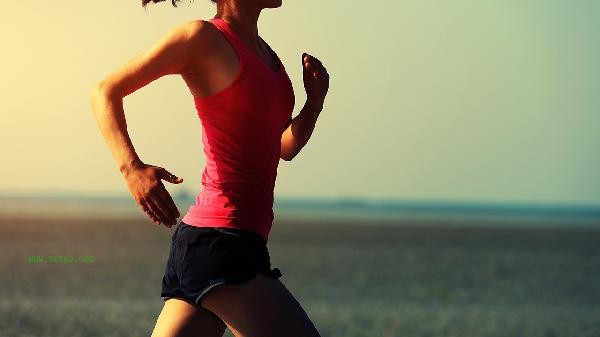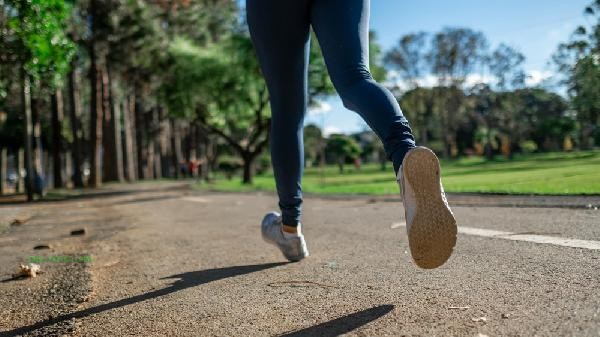Both running and hiking can effectively exercise the body, but which one is more effective depends on personal fitness goals and physical condition. Running is more suitable for improving cardiovascular function and fat burning efficiency, while mountain climbing requires higher lower limb strength and core stability. Running is a systemic aerobic exercise that can significantly improve cardiovascular endurance and promote fat burning. Slow jogging lasting for more than 30 minutes can activate the coordinated operation of large muscle groups, which is significantly helpful in improving blood circulation and metabolic rate. Due to the relatively stable intensity of exercise, running is suitable as a daily basic training program, especially for groups who want to control weight or improve endurance. However, running has a significant impact on the knee joints, and those with a large body weight or joint discomfort need to choose carefully. Climbing mountain belongs to a combination of resistance and aerobic exercise mode. Walking on a slope requires continuous exertion of muscles in the buttocks, front and back of the thighs, and lower legs. This anti gravity exercise can enhance bone density and muscle endurance, and has a prominent effect on shaping lower limb lines. The changes in mountainous terrain also require the body to constantly adjust its balance and indirectly exercise its core muscle groups. However, mountain climbing imposes a heavy burden on the heart and lungs, and altitude changes may trigger hypoxia reactions. Patients with cardiovascular diseases should avoid high-intensity mountain climbing.

It is recommended to alternate between two types of exercise according to one's own conditions. Running can be used as a daily training foundation, and hiking should be arranged on weekends to strengthen muscle strength. Warm up and stretch thoroughly before and after exercise, and choose professional sports shoes to reduce joint pressure. It is recommended that middle-aged and elderly people use hiking poles to share the burden on their knees when climbing mountains, and pay attention to controlling their pace and duration when running. Long term adherence to these two exercises requires protein supplementation and sufficient sleep to achieve optimal exercise results.








Comments (0)
Leave a Comment
No comments yet
Be the first to share your thoughts!